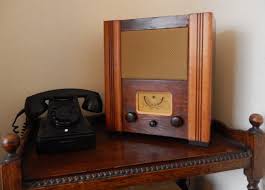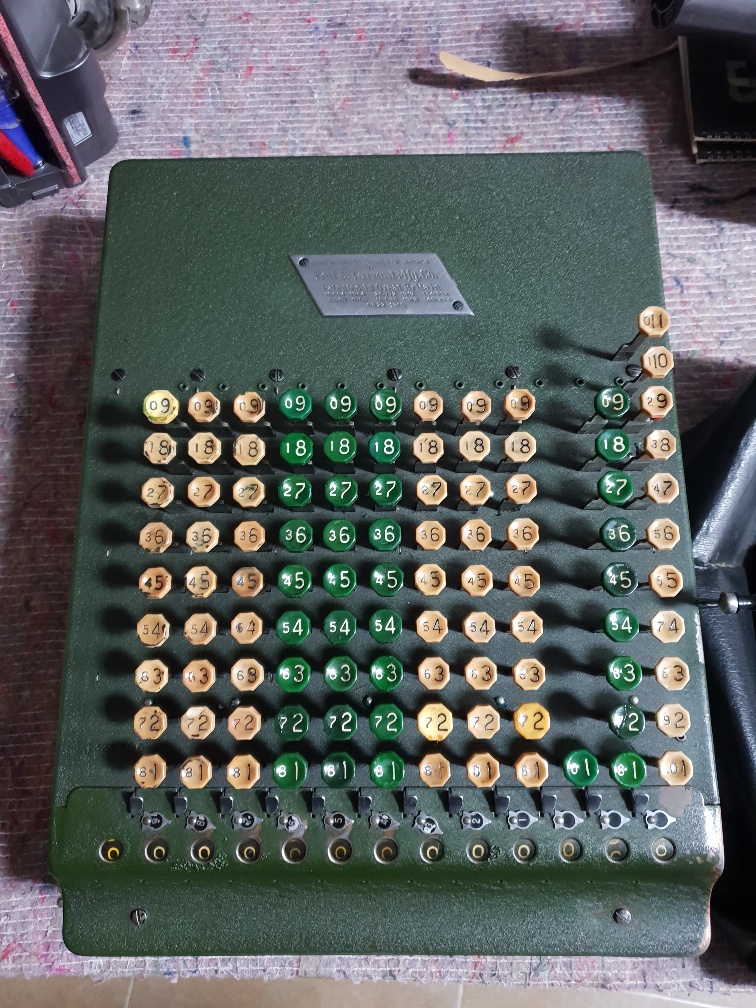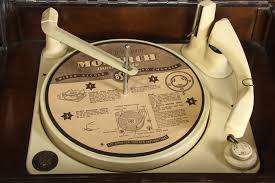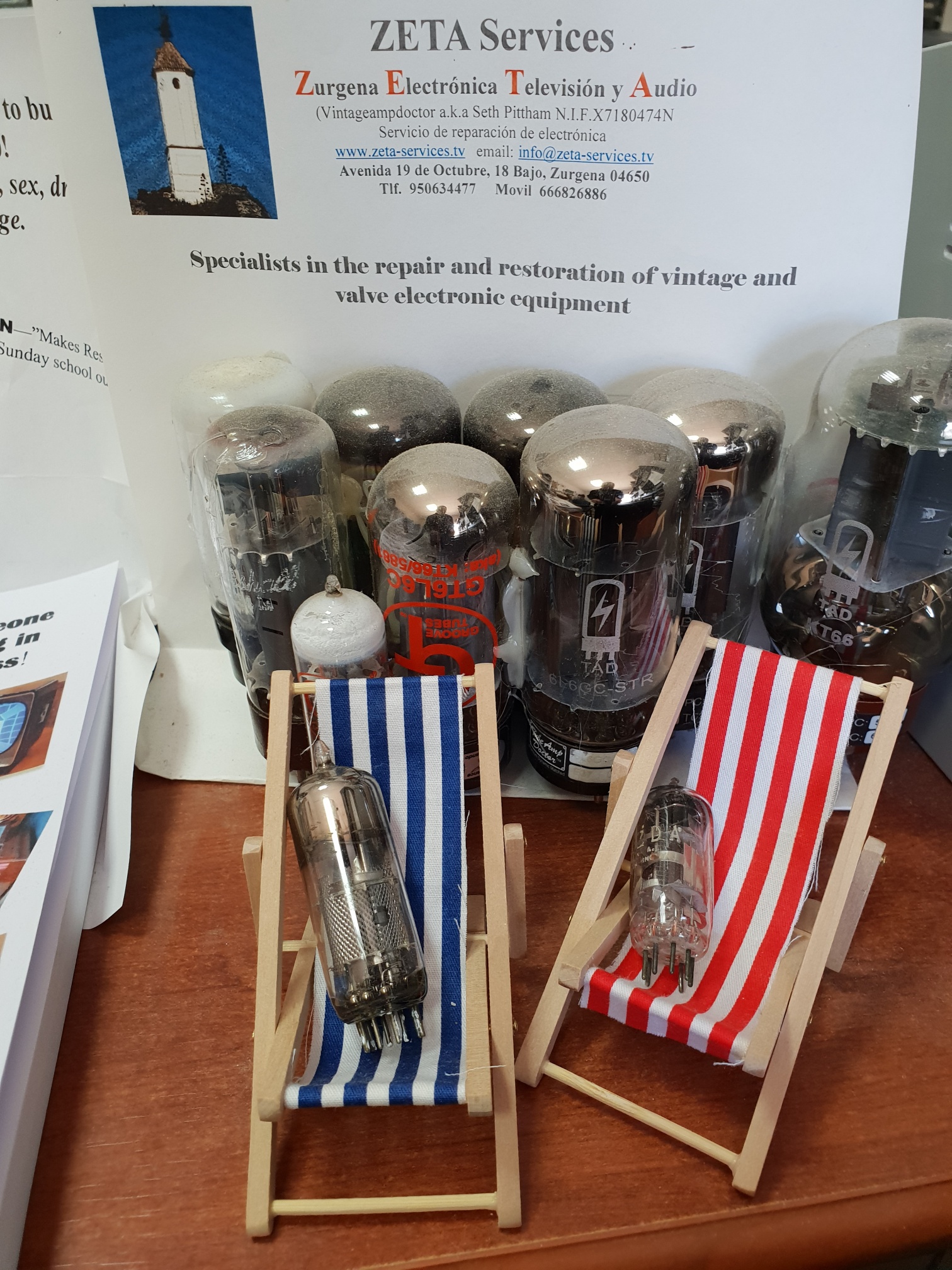
With the onset of WW2, industry in Britain changed dramatically. Typical affected areas were of course Radio and TV. Many of the manufacturing and technology companies who had been designing and making radio and TV sets, now had their efforts firmly trained on developing and building equipment for the Army, RAF and security services. Companies such as Ekco, Bush, Murphy and Cossor shelved all their domestic activities in readiness for making radio sets for Lancaster and Hurricane bombers etc…
Prior to ’39, TV had developed quickly. BBC and EMI decided to settle on the “high definition 405 line” TV standard. Transmissions had started from sites such as Alexander Palace in North London. Albeit TVs were still basic, had small screens and had not sold in volumes forecasted. The TV transmissions were halted as soon as war was declared, as the strong signals from the transmitters could easily be used as direction finding beams by those naughty German bombers. The companies that had been developing TVs were naturally well placed, with their knowledge of making TV cathode ray tubes (screens), to build radar sets.
All this left the government with a problem. It was imperative for the public to be kept informed about the war effort, propaganda it could be said. But, a massive short fall of wireless sets, only 70,000 having been made in ’41, with an unrealistic 250,000 scheduled. 10% of sets owned were broken, waiting parts. This made things a little awkward. Component manufacturers, making coils, valves, capacitors etc were working flat out to address military requirements.
In ’43, Churchill and the BBC met and it was decided that a specification for a “basic” radio should be drawn up ASAP. The result was a set designed by Murphy Radio’s Chief Engineer Dr. Reynolds, using clever techniques to reduce component count. It had one band, Medium Wave, and a dial marked with BBC stations. The design was such that the chassis could use valves from different manufacturers, even from the U.S., as production and availability in Britain was sporadic to say the least. Several manufacturers were licensed to make the sets, but they all looked the same. A manufacturer’s code on the back was the only way of knowing. Sets sold for about 12 quid. The “Wartime Utility Radio” was born. Under 200,000 were sold. Germany had a similar counterpart called the German People’s Receiver, Volksempfanger.
In order to keep up the supply of radios for the public, it was decided to import basic sets from the U.S. About 5,000 were imported, keeping back 20% for spares. The main problem was that sets from U.S. ran on 110 volt mains. In Britain, the voltage was 220 volts. This meant you had to “loose” 110 volts somewhere, or suffer a bonfire. This was often achieved by the use of a resistive mains cable. The cable from the set to the plug wasted the unwanted 110 volt which generated heat, about 40-60 watts. On a cold day, the cat could be found sitting on the coiled up cable behind the wireless. All ok until it had a pee. Moggy, exit stage left.
Following the end of the war in ‘45, set makers soon re-tooled to start making radios from where they left off in ’39. Most makers completed the mothballed sets they had, which were sold at a lesser price. The following couple of years saw some interesting designs coming through, with manufacturers using the new technology gained, having been making military equipment. Some companies such as Cossor, Plessey, set up subsidiaries divisions, making equipment for the military, on the back of their new learned knowledge. By now the government had massive stock of electronic equipment, receivers, components and valves alike. Desperate for cash, it was deemed that this should be sold off. Stores sprang up selling Army surplus. Lisle Street in West London was a great place to buy all sorts. For a while, TV manufactures were worried about sales. You could buy all the parts you needed from these surplus stores. Ex radar display CRT screens, EF50 valves (developed for military VHF radio) and so on, enabling you to make you own TV. Many Blue Prints were around showing how to do this. Only draw back was the picture displayed was via a green 6” screen! As a kid, I bought all my bits from a surplus store in Kingston. It was an Aladdin’s cave. I bought a Russian test meter, still use it today. It always reminds me of my Russian ex girlfriend. Heavily constructed, not particularly attractive, but performed well.
Seth, Zeta Services.








